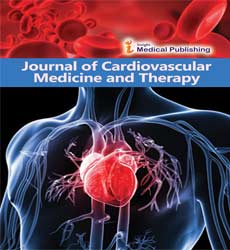Abstract
Biomechanical and Structural Properties of Aortic Scaffolds Decellularized by Sonication Decellularization System
Extracellular Matrix (ECM) based bio scaffolds has increasingly emerged in tissue engineering application because it contains structural, biochemical, and biomechanical cues that have dramatic effects upon cell behaviors. Therefore, the aim of this study is to prepare aortic scaffolds based on ECM by sonication decellularization system with biomechanically and structurally preserve compared to native aortic tissues. Aortic tissues are sonicated at 170 kHz of ultrasound frequency in 0.1% and 2% SDS for 10 h. The effectiveness of sonication decellularization system to remove the cells is determined through Hematoxylin & Eosin staining and DNA quantification. Indentation test is used to evaluate the compression, stiffness and residual force for evaluating the biomechanical properties of aortic scaffolds. Structural properties of aortic scaffolds are evaluated by histological analysis using Picrosirius Red staining and Verhoeff-Van Gieson staining and biochemical testing using SIRCOL and FASTIN assay to measure the collagen and elastin of aortic scaffolds respectively. The aortic scaffolds prepared by sonication decellularization system shows the preservation of structural collagen and elastin and able to maintain the biomechanical properties of aortic scaffolds. The results of this study confirm the potential of sonication decellularization system as an alternative method to prepare aortic scaffolds for tissue engineering application.
Author(s): Azrn Ahim, Aqila Hazwni and Munrah Shaban
Abstract | Full-Text | PDF
Share This Article
Google Scholar citation report
Citations : 6
Journal of Cardiovascular Medicine and Therapy received 6 citations as per Google Scholar report
Abstracted/Indexed in
- Google Scholar
Open Access Journals
- Aquaculture & Veterinary Science
- Chemistry & Chemical Sciences
- Clinical Sciences
- Engineering
- General Science
- Genetics & Molecular Biology
- Health Care & Nursing
- Immunology & Microbiology
- Materials Science
- Mathematics & Physics
- Medical Sciences
- Neurology & Psychiatry
- Oncology & Cancer Science
- Pharmaceutical Sciences

